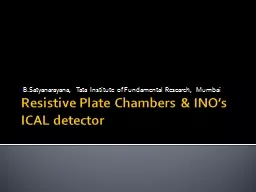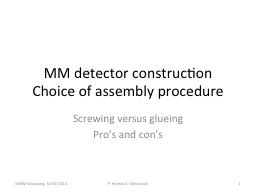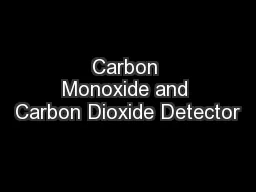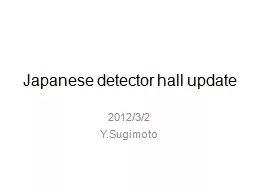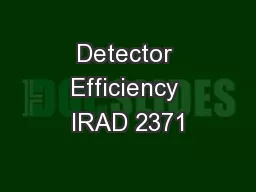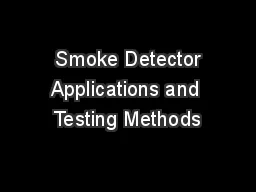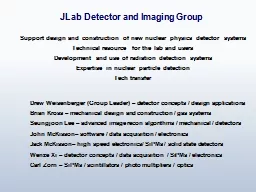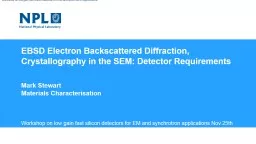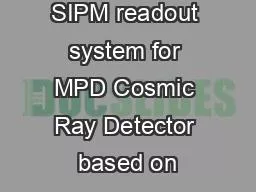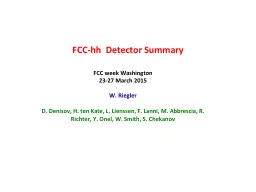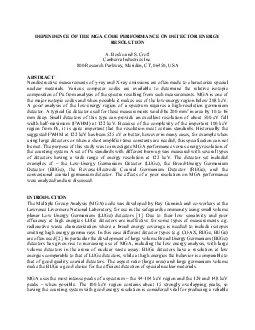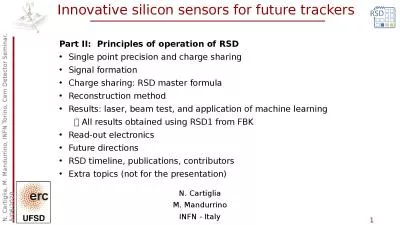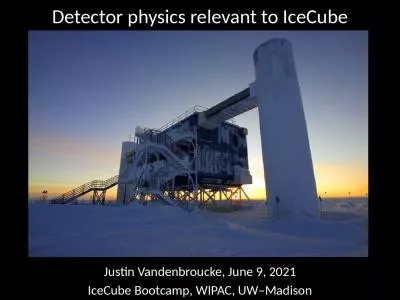PPT-Detector Status
Author : phoebe-click | Published Date : 2016-06-28
J Brunner 12092014 Highlights Line 3 Optical Margins Line 5 UPS Situation Data Taking Status Planned Operations Line 3 250614 Several short power cuts at IMP Power
Presentation Embed Code
Download Presentation
Download Presentation The PPT/PDF document "Detector Status" is the property of its rightful owner. Permission is granted to download and print the materials on this website for personal, non-commercial use only, and to display it on your personal computer provided you do not modify the materials and that you retain all copyright notices contained in the materials. By downloading content from our website, you accept the terms of this agreement.
Detector Status: Transcript
Download Rules Of Document
"Detector Status"The content belongs to its owner. You may download and print it for personal use, without modification, and keep all copyright notices. By downloading, you agree to these terms.
Related Documents


